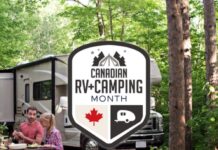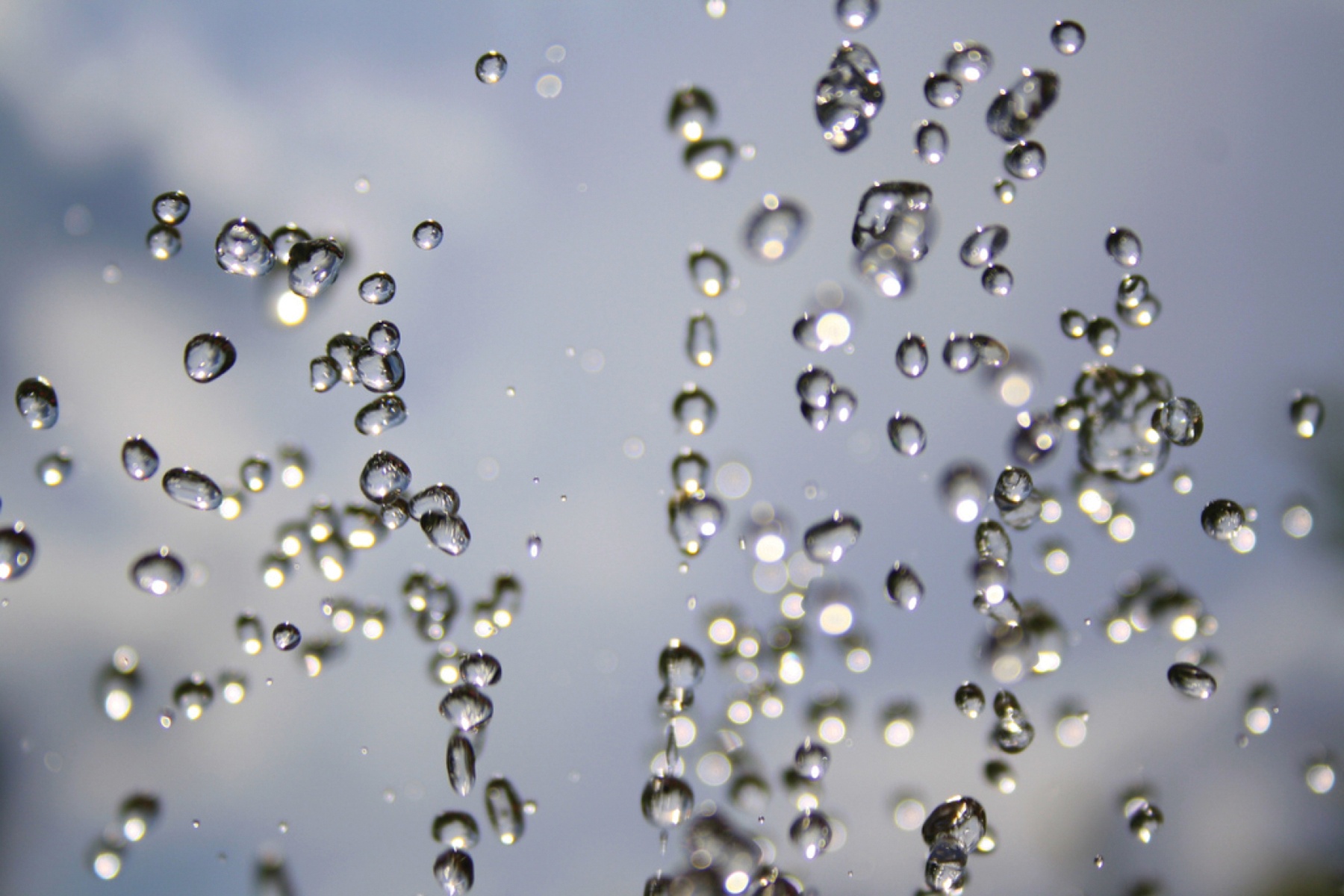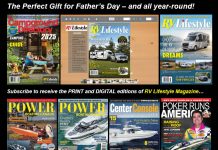Clean water.
By Keith Bernard
Every RV’er wants it and needs it. No sane RV’er would consider embarking on a trip of any length without clean water onboard – or a way to generate it. In fact, clean water may arguably be the most important item for your RV, next to your keys and a full tank of gas.
Of course, clean is a relative term. Obviously, you don’t need the same level of water purity for bathing as you do for drinking. And if you’re going to be boiling the water anyway, how clean does it need to be for cooking? It’s not just a purity issue but a financial one as well. Does it make sense to spend possibly thousands of dollars on a reverse osmosis filtration system if you are only going use it for washing your RV floor?
The bottom line is, depending on what you’re using the water for, the question is: how clean is clean enough?
Now that we’ve posed the question, we will admit that it’s a hard question to answer. The only use for which there are specific standards is drinking, and the standards are complex. The Environmental Protection Agency (EPA) sets legal limits on over 90 contaminants in drinking water. (The legal limit for a contaminant reflects the level that protects human health and that water systems can achieve using the best available technology.) Yet, drinking water that doesn’t specifically meet the EPA’s standards may still be safe to drink, in small quantities or for short periods of time, if no other source is available.
Given the inherent difficulty in providing data on exactly what level of water quality is ideal for each purpose, it would be more instructive to put it in terms of protection “levels”: what happens to water at various protection levels, and what purpose/function it can serve at each level. (Keep in mind: these are guidelines that can help provide a basic understanding of water-quality levels. Any specific concerns about water quality should be directed to your local water department or campground management.)
No protection (no filtration used)
- RV’ers are completely at the mercy of the campground/location for the quality of water they use
- Risk of poor-quality water (taste, odour, illness, etc.) for which campgrounds are notorious
- Risk to RV for buildup of sediment within pipes, water heater, other systems
- Cost/inconvenience of bottled water (assuming that’s the source of your drinking water)
- Potential for sink/toilet staining from rust and other sediments/particulates
Some Protection (inline granular filter only)
- Mostly improves colour and odour, with some improvement in taste
- Some sediment removal (depending on micron level) to protect RV
- Some reduction in staining
- Improved water quality for showering/rinsing only
- Bottled water still recommended for drinking
Some Protection (“point of use” only)
- Can achieve drinking water quality at faucet where filter is used (under sink, filtered water pitcher)
- No improvement for showering or rinsing (unless filters are used)
- Continued risk to RV for buildup of sediment within pipes, water heater, other systems
- Potential for sink/toilet staining from rust and other sediments
Full Protection (1 micron inline, or canister system with below 5 micron/carbon filtration)
- High water quality for all uses – drinking, showering, rinsing
- RV is protected from any sediment issues in pipes, water heater, other systems
- Eliminates staining
Combination
- Use inline granular as primary filter for whole RV to improve overall water quality for showering, rinsing, etc., but not to drinking water standards
- Use point-of-use system at faucet for drinking water (e.g., secondary filter with low micron rating via under-sink mount, water pitcher, faucet mount, countertop).
It should come as no surprise that it’s best to go with full protection. But everyone must determine the best method for them to achieve their water quality goals based on their usage. There are other factors to consider as well: a part-time RV’er and a full timer will not only have different water-quality needs but also varying acceptance levels. A part-timer may be willing to accept lower quality levels for a weekend, but a full-timer will likely grow weary of substandard water for an extended period. What’s more, different RV’s have different space availability. So, an inline solution may be ideal for some, while a full canister system may work better for others.
Similarly, it should not shock anyone that using no protection at all is not a sound strategy. If you could take a look inside any inline filter after a few months of use, you would witness a very ugly spectacle: a filter that started off bone white will be severely discoloured to a dark brown – a combination of sediment, contaminants, chemicals, and other nasty stuff. The amount will vary depending on the micron level (and quality) of the filter, but even the most inferior-quality inline filter is capturing a number of elements you’re simply better off without. The point is, with no filter of any kind, you’re getting those elements – like it or not.
As RV’ers, we all want the cleanest water we can possibly get. Depending on the level of filtration you use, you’ll get different levels of quality. The real question is, how clean do you want – or need – it to be?
Keith Bernard is president and CEO of CLEAR2O®, one of the leaders in water filtration technology and products.
The company’s line of products includes filtered water bottles,
pitchers, in-countertop filtration, whole-house filtration and on-the-go RV filtration systems.
























